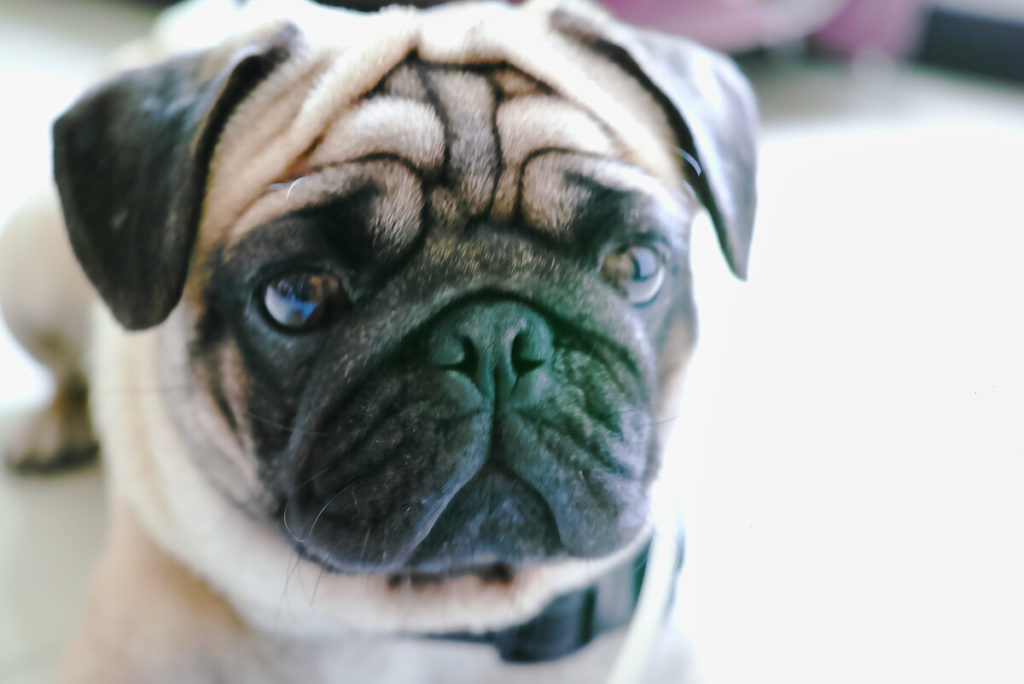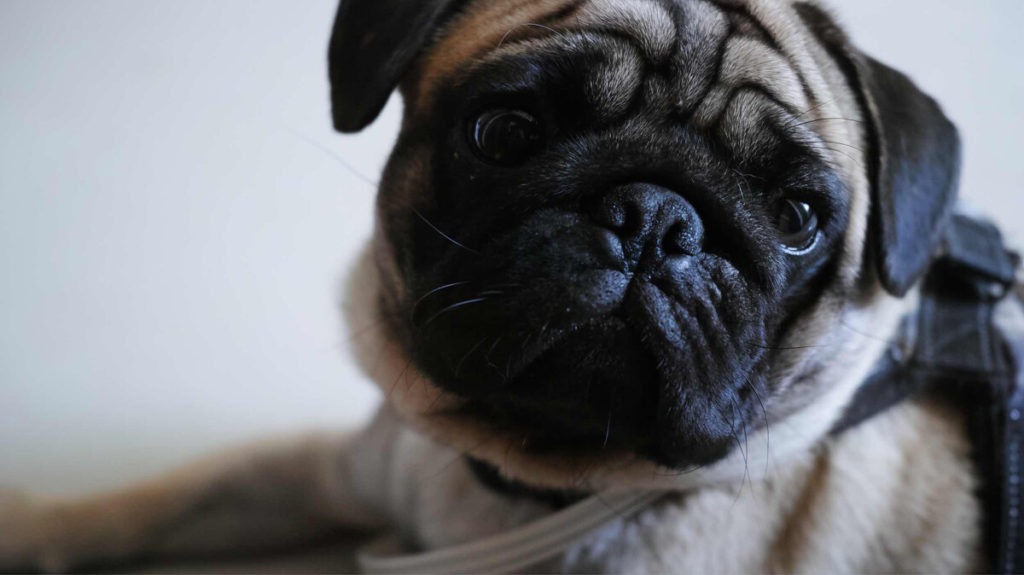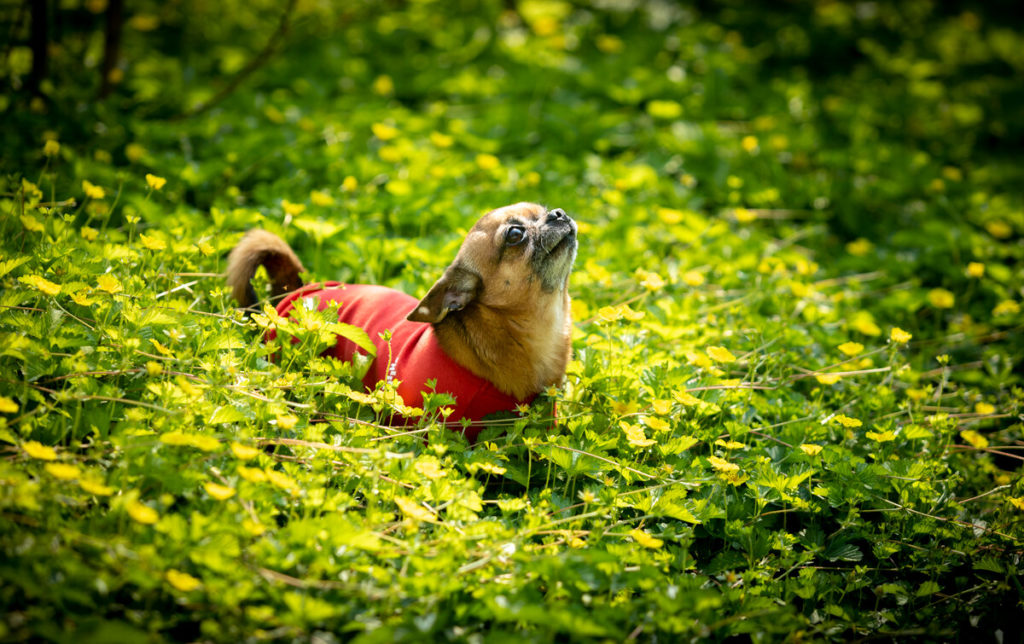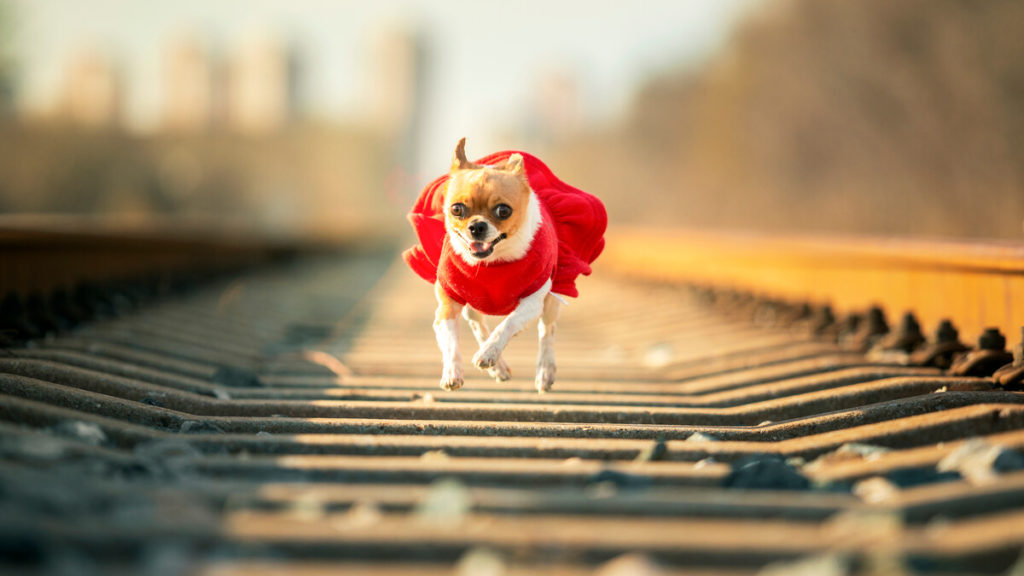Sometimes, our dogs can prepare us for an unpleasant surprise by acting jealous or aggressive in certain situations. When we bend down to say hello to another dog or to cuddle someone’s child, our four-legged friends can start growling and jumping like crazy. That’s why we want to reveal the answer to the question ‘Are Pugs jealous?’. Regardless of how do you want to call such behavior, here are the signs you should keep on the lookout.

Are Pugs Jealous? Should I keep it for a pet?
Pugs belong to companion dog breeds. It means that they are very dependable and that have used to work alongside their owners. In other words, an owner will be the main center of attention for a Pug. Therefore, if you’re considering bringing another dog or a cat into a family, your Pug needs to be properly socialized. Besides this, getting a child will be an equally stressful situation for every dog in the world unless you gradually prepare him/her for the new situation.
Aside from the previously mentioned facts, Pugs are famous for their friendly and calm nature. They can get along well with unknown dogs and people they have used to spend time around strange from an early. In other words, you’ll be the only responsible person for tailoring your Pug’s personality. Even the friendliest dogs in the world can start acting aggressively if you encourage them to behave that way.

How to know if your Pug is jealous?
Does your Pug follow you everywhere even when you go to the bathroom? Or he shows aggression, starts to push you, jumps or barks every time you hold your infant? Well, those are surely clear signs that your dog turned into a possessively jealous beast. Besides previously mentioned, you can also look for some of the following signs of Pug jealousy.
- Excessive barking
- jumping
- inability to settle down
- nervous walking around the owner while petting another dog or cuddling a child
- pushy behavior
- following you everywhere
- shows aggression or starts to bark when you hold a specific item
- growling
How to stop your Pug from being jealous?
- Regular training practice
Even though it sounds like an impossible mission, you can help your pet by reinforcing behaviors such as ‘ go to your crate’ and ‘leave it’. You need to set the roles and improve your leadership by practicing these commands.

- Stop rewarding your Pug
Have you ever tried to reward your Pug to induce a positive behavior? Well, if yes, then you gotta stop doing it immediately. Dogs are like kids, so the thrill of negative attention can be rewarding.
- Teach your dog to play in the crate alone
If you’re the owner who has used to spend hours playing with your dog, and you’re planning to get another dog or you’re expecting a child, you have to gradually teach your Pug to spend time alone. Overdependence is one of the biggest mistakes that an owner can unconsciously teach the dog. Therefore, it’s time to ‘neglect’ your pooch by teaching him to play with toys in his crate. A crate can also represent your Pug’s bed where he loves to chill during the day.
- Dog-on-dog jealousy
Are Pugs jealous of other dogs? Hell, yes! They can be if they didn’t learn to meet unknown dogs from the neighborhood from an early age. If you’ve just brought a new dog into your family, our advice is not to push your first pet to love him/her from first sight. Instead, gradually introduce them by paying attention not to endanger your senior dog’s toys, bed, or crate.
- ‘punish’ your Pug for showing jealousy
Every dog should understand why you decided to punish him. Punishment should not include the use of impact force, but only ‘mental punishment’. Dogs are smart and highly social beings, so if you start to ignore him or tell him to go to the bed by using a loud and sharp tone, your dog will understand.
- Are Pugs jealous of cats? Can they get along well with them?
Every dog can get along well with cats if he used to live with them from puppyhood. In other words, if you’ve learned your Pug to have a friendly interaction with other cats and dogs from the neighborhood, it’s very likely that he won’t mind living with a cat.




